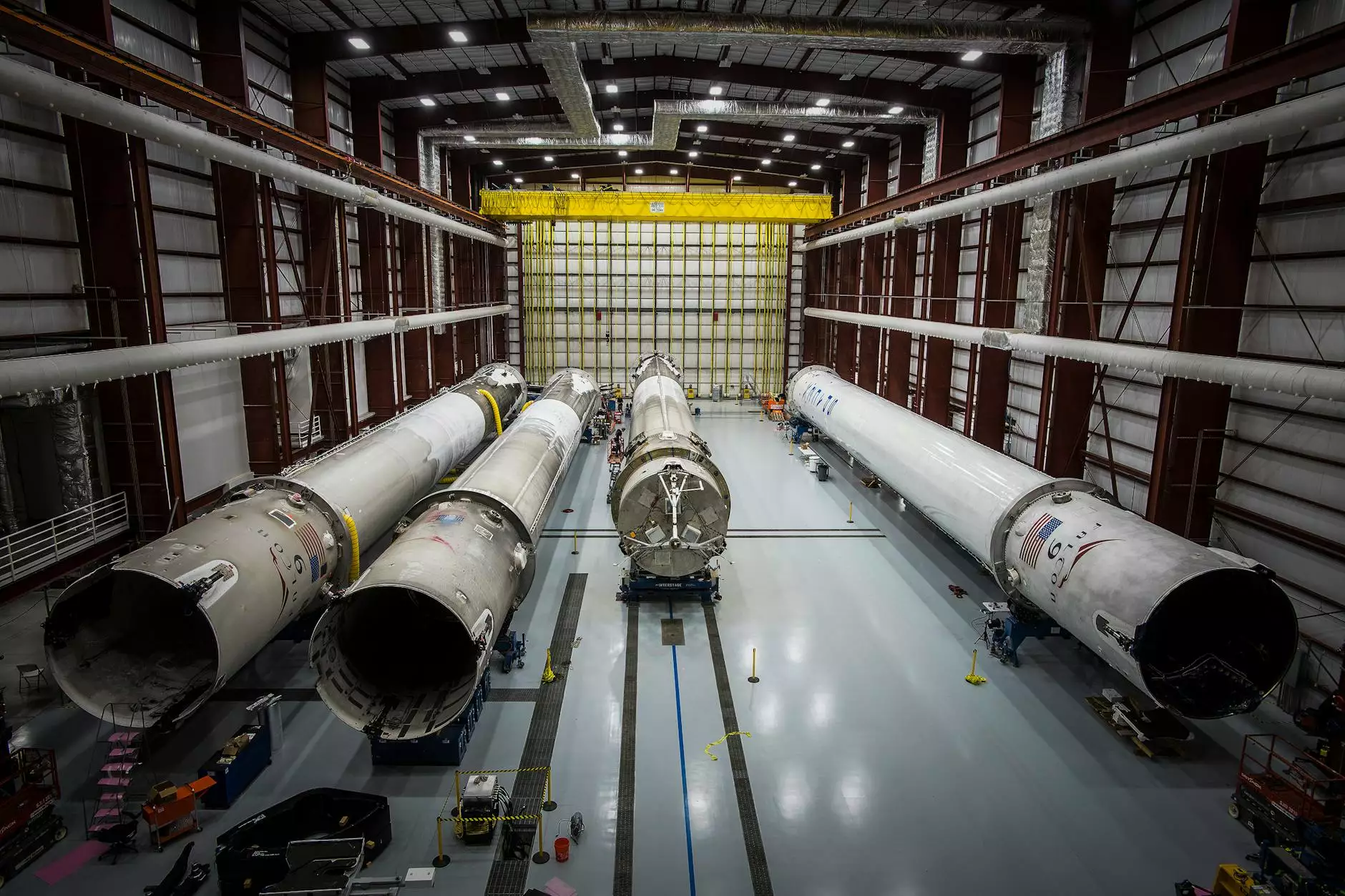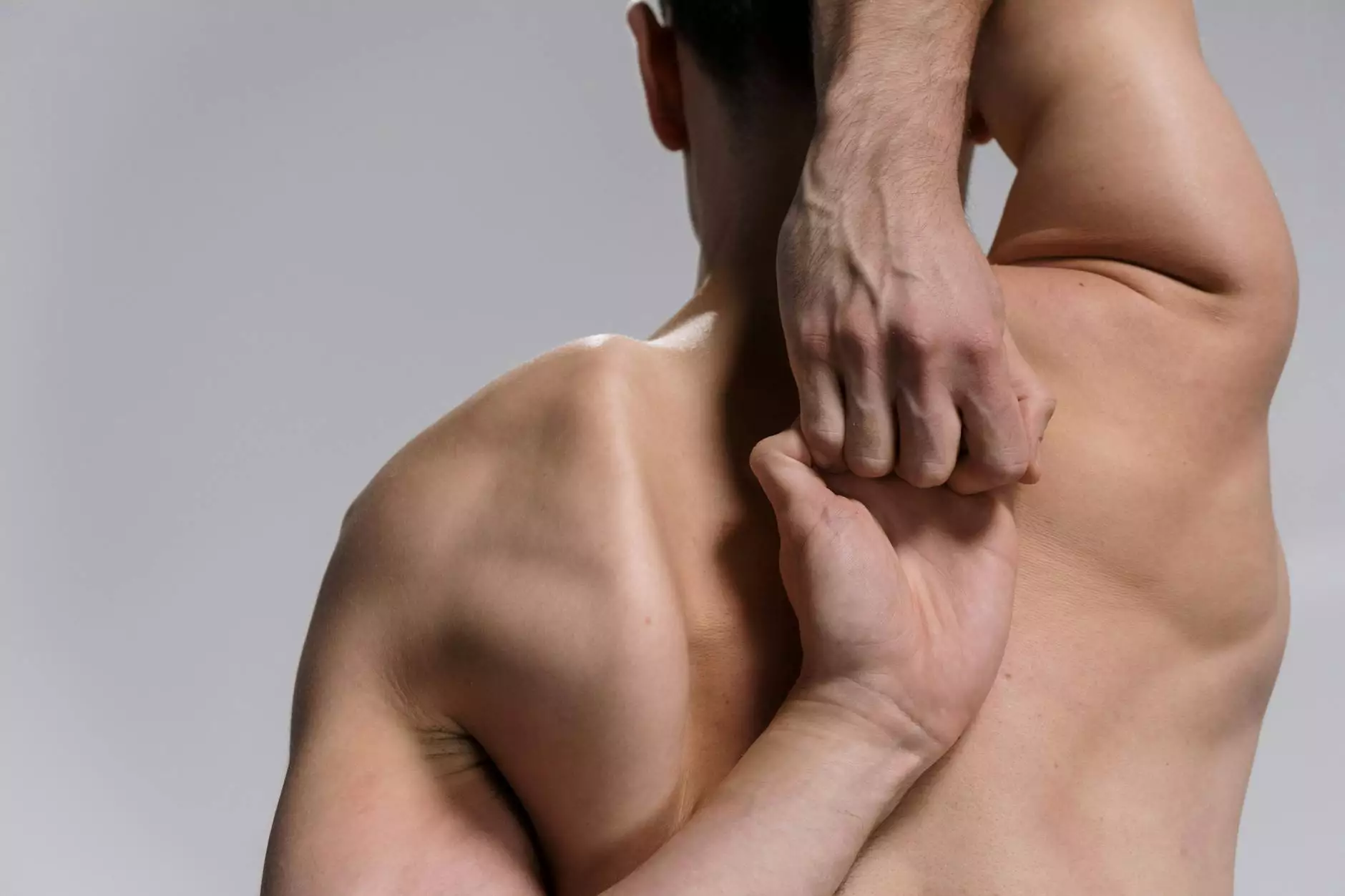Get to Know the Four Major Segments of Your Spine
Spine Health
The Importance of Understanding Your Spinal Anatomy
As a trusted resource in the field of chiropractic care and overall health, Back 2 Life Chiropractic is here to help you get to know the four major segments of your spine. Understanding the anatomy of your spine is crucial for maintaining optimal spinal health and overall wellness.
An Overview of the Four Major Segments
1. Cervical Spine
The cervical spine, also known as the neck region, consists of seven vertebrae labeled C1 to C7. This segment of the spine supports the weight of your head, allows for a wide range of head movements, and protects the delicate spinal cord that runs through it. Common conditions affecting the cervical spine include neck pain, whiplash injuries, and herniated discs.
2. Thoracic Spine
The thoracic spine, located in the upper and middle back, is made up of twelve vertebrae labeled T1 to T12. This segment of the spine provides stability, protects the vital organs in the chest, and plays a role in maintaining upright posture. Conditions such as kyphosis, scoliosis, and rib dysfunctions can affect the thoracic spine.
3. Lumbar Spine
The lumbar spine, commonly referred to as the lower back, consists of five vertebrae labeled L1 to L5. This segment of the spine bears the majority of your body's weight and is responsible for supporting your upper body, enabling various movements, and protecting the spinal cord and nerves. Common conditions affecting the lumbar spine include low back pain, sciatica, and spinal stenosis.
4. Sacral Spine
The sacral spine is formed by five fused vertebrae labeled S1 to S5 and is located below the lumbar spine. These vertebrae form the sacrum, a bone that connects the spine to the pelvis. The sacral spine provides stability and support to the pelvis and plays a crucial role in weight-bearing activities, such as walking and standing. Conditions like sacroiliac joint dysfunction and sacral fractures can impact the sacral spine.
Importance of Spinal Health and Regular Chiropractic Care
Your spine serves as the central pillar of your body, providing structural support, protecting your nervous system, and facilitating movement and flexibility. Maintaining a healthy spine is essential for overall health and well-being.
Regular chiropractic care plays a vital role in supporting spinal health. Chiropractors are experts in diagnosing and treating conditions related to the spine, using holistic, non-invasive techniques. By performing spinal adjustments, chiropractors help restore proper alignment, reduce pain and inflammation, and optimize the functioning of the nervous system.
Common Spine-Related Conditions and Treatment Options
1. Neck Pain and Whiplash Injuries
Neck pain can occur due to various factors, such as poor posture, muscle strain, or trauma. Whiplash injuries, often resulting from car accidents or sports activities, can cause severe neck pain and restricted mobility. Chiropractic care for neck pain and whiplash injuries may include spinal adjustments, rehabilitative exercises, and lifestyle modifications.
2. Herniated Discs
Herniated discs occur when the gel-like center of a spinal disc protrudes through its outer layer, putting pressure on the surrounding nerves. Symptoms may include pain, numbness, tingling, and muscle weakness. Chiropractic treatment for herniated discs may involve spinal decompression, therapeutic exercises, and lifestyle adjustments to relieve symptoms and promote healing.
3. Low Back Pain and Sciatica
Low back pain and sciatica can significantly impact daily life and mobility. Causes can range from muscle strains and disc degeneration to spinal misalignments and nerve compression. Chiropractors utilize a combination of manual therapies, spinal adjustments, and rehabilitative exercises to alleviate low back pain and sciatica and improve overall spinal health.
4. Scoliosis and Postural Dysfunctions
Scoliosis is a condition characterized by an abnormal curvature of the spine, while postural dysfunctions refer to imbalances in posture. Chiropractic care for scoliosis and postural dysfunctions focuses on reducing spinal curvature, improving posture, and strengthening the supporting muscles. Treatment may include specific adjustments, corrective exercises, and spinal rehabilitation techniques.
5. Spinal Stenosis
Spinal stenosis is a narrowing of the spinal canal, often associated with aging and degenerative changes in the spine. This narrowing can put pressure on the spinal cord and nerves, leading to pain, numbness, and weakness. Chiropractic care for spinal stenosis aims to alleviate symptoms through spinal adjustments, therapeutic exercises, and lifestyle modifications.
Invest in Your Spinal Health with Back 2 Life Chiropractic
Back 2 Life Chiropractic is committed to helping you maintain a healthy spine and achieve optimal wellness. Our team of highly skilled chiropractors combines their expertise with a patient-centered approach, tailoring treatment plans to meet your unique needs.
Whether you are experiencing acute or chronic spinal issues, seeking preventive care, or simply looking to improve your overall well-being, our comprehensive chiropractic services can help. Contact Back 2 Life Chiropractic today to schedule a consultation and take the first step towards a healthier spine and a better quality of life.










